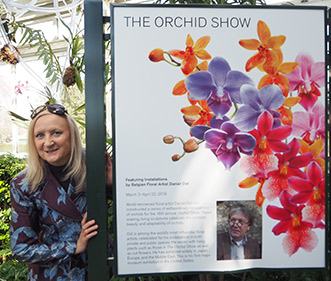 Every spring we eagerly look forward to attending The Orchid Show at the New York Botanical Garden in Bronx, New York as a celebration of the season. For 2018, The Orchid Show, an annual tradition at the New York Botanical Garden for the past 16 years, features Belgian Floral Artist Daniel Ost, who has created spectacular large-scale installations that are a feast for the senses. The Orchid Show 2018 runs until April 22, 2018.
Every spring we eagerly look forward to attending The Orchid Show at the New York Botanical Garden in Bronx, New York as a celebration of the season. For 2018, The Orchid Show, an annual tradition at the New York Botanical Garden for the past 16 years, features Belgian Floral Artist Daniel Ost, who has created spectacular large-scale installations that are a feast for the senses. The Orchid Show 2018 runs until April 22, 2018.
Debra C. Argen
The Orchid Show 2018
Signs of spring in New York: sightings of the first robin, crocuses pushing upwards through the snow towards the sun, primroses brightening early gardens, and The Orchid Show at the New York Botanical Garden, which we have made an annual tradition for the past three years to herald the arrival of spring.
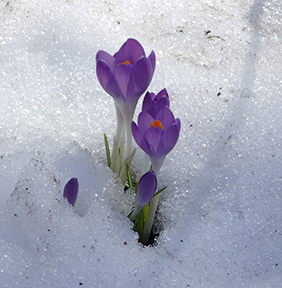
Crocuses awakening
Like spring itself, The Orchid Show dons its finest greenery and blooms to create a heady fantasy of beauty, style, arrangement, and fragrance. For the 2018 show, the New York Botanical Garden worked with renowned Belgian Floral Artist Daniel Ost whose previous large-scale installations have been seen in Japan, Europe, and the Middle East; it was his first museum exhibition in the United States.
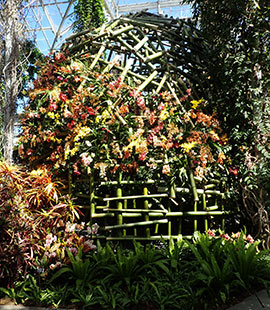
Ost Bamboo Design
One of Mr. Ost’s spectacular, breathtaking large-scale designs to grace the Enid A. Haupt Conservatory incorporated green bamboo to create an open sphere into which he embedded a plethora of orchids in varying size, color, and species. A brilliant design in its simplicity that had a stunning overall effect that dazzled the eyes. He further tempted the senses with his use of clear tubing in another design in which he looped it under the glass ceiling of the conservatory and accessorized it with a diverse selection of orchids, and in another large-scale installation of white and purple orchids.
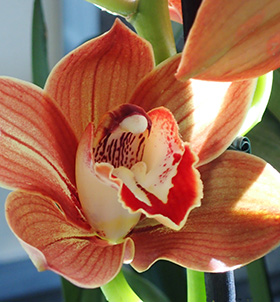
The Orchid Show featured a vast selection of orchids, including some very rare specimens, and as we slowly made our way through room-after-room of glorious orchids, we looked at them in awe and with smiles on our faces. Looking at the faces of the other visitors, we could not help but notice the joy and sheer happiness on their faces as well. A serene setting with classical musical playing in the background created a perfect paradise for which to escape for a few hours and immerse oneself in the absolute remarkable beauty of nature.

Interesting Facts about Orchids
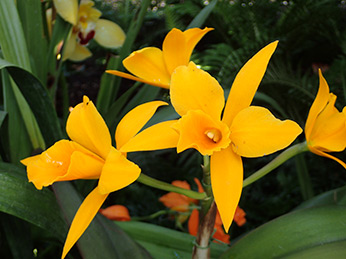
We always learn a few new things about orchids with each subsequent visit to The Orchid Show. Here are a few things we learned this year.
Epiphytes: Most orchids are epiphytes, meaning they grow by clinging to other plants or by clinging to trees. They have special roots that allow them to absorb moisture and nutrients from rainwater, but they are not parasites, and do not harm the trees on which they live. Examples of epiphytes are Epidendrum, Cattleya, Miltoniopsis, Oncidium, and more.
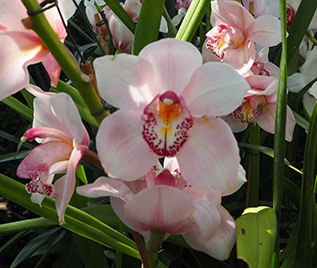
Cymbidium
Cane Orchid Dendrobium: One of the largest and most diverseof orchids with more than 900 species that range from India to New Zealand.
Cymbidium:This type of orchid has grass-like leaves and tall spikes of waxy flowers.Colors range from white, green, pink, and burgundy. There are 50 terrestrial and epiphytic species grown in the Himalayas to Australia.

Asian Corsage Orchid
Rainbow Orchid Vanda: This type of orchid comes in all the colors of the rainbow and grows in tropical rainforests from India, Southeast Asia, Indonesia, the Philippines, and New Guinea.

Green Orchid
Reed Orchid Epidendrum: These orchids have small flowers, long, reed-like stems, and grow on trees (epiphytes) as well as in the ground (terrestrial) in tropical America.
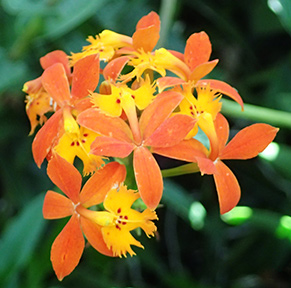
Reed Orchid
Slipper Orchid Paphiopedilum: There are 60 species of Slipper Orchid Paphiopedilum and grow in tropical Asia to Southern India to New Guinea and vary greatly in appearance. Slipper Orchids may be striped, spotted, have wart-like bumps, and vary greatly in color with some that are nearly black.
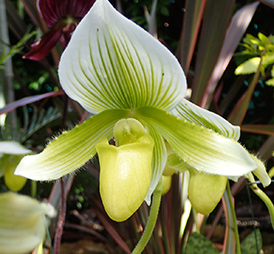
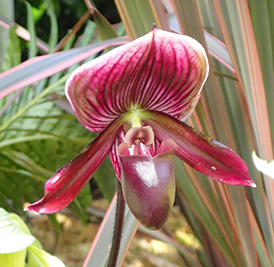
Slipper Orchids
Although the main reason for our visit was to see the orchids, which once again more than exceeded our high expectations from having attended prior years’ shows, we also took time to enjoy the other permanent collections in the conservatory and delighted in the exhibitions that took us on a journey from the desert to the tropics.

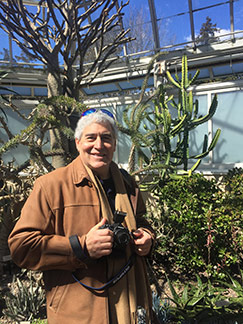
Edward F. Nesta among the cactus
Wonderful to visit in every season, after The Orchid Show, we rode the tram to see how the gardens were waking up after their long winter’s nap. Although too early for daffodils, we spotted crocus, helleborus, miniatureiris, and other early spring flowers, and trees just beginning to bud. We cannot wait to return later in the year and see how the gardens have changed.
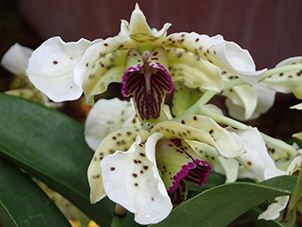

The New York Botanical Garden is a 250-acre oasis located in Bronx, New York. Founded in 1891, the garden attracts year-round visitors with its exquisite beauty, spectacular exhibitions, and interesting programs.
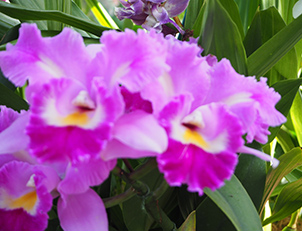
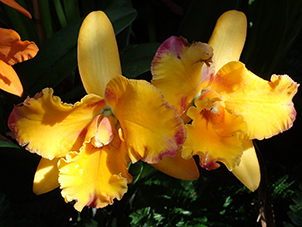
There are many interesting programs held during The Orchid Show, which include Orchid Evenings, Orchid Show Tours, Orchid Care Demonstrations, Orchid Care Expert Q & A, and Roaming Guides, so be sure to check their website to plan your visit.
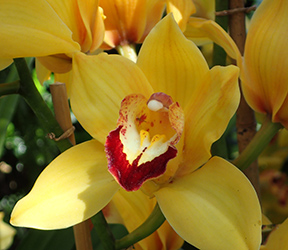
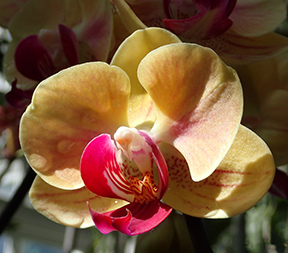
The New York Botanical Garden (NYBG) is a National Historic Landmark located in Bronx, New York where its nearby neighbors include Fordham University and the Bronx.
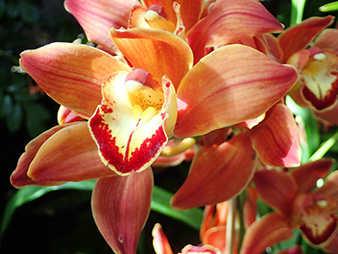
A Sampling of Upcoming 2018 Special Events
|
April 21-22 |
Earth Day Celebration |
|
April 28-29 |
Daffodil Celebration and Wine Weekend |
|
May 3-6 |
Garden Art & Antiques Fair |
|
May 5 |
Plein-Air Invitational |
|
May 12-13 |
Mother’s Day Weekend Garden Party |
|
May 24 |
The Glimmerglass Festival: An Evening of World-Class Opera |
|
June 9-10 |
Rose Garden Weekend |
|
June 9, 16, 23, 30 |
Aloha Nights |
|
June 22 |
Summer Concert Series: Salute to the Crescent City: New Orleans at 300 |
|
July 7, 21 |
Aloha Nights |
|
July 13 |
Summer Concert Series: Honoring Dr. Martin Luther King, Jr. in Song |
|
July 27 |
Summer Concert Series: Old, New & Blue: A Celebration of George Gershwin |
|
August 4, 18 |
Aloha Nights |
Admission:
Weekday Tickets: Adult: $23, Student (with valid ID) and Senior (65+): $20, Children 2-12: $10, Children Under 2: Free, Members Free. Note: Ticket prices are subject to change depending on season and current exhibition.

Weekend Tickets: Adult: $28, Student (with valid ID) and Senior (65+): $25, Children 2-12: $12, Children Under 2: Free, Members: Free. Note: Ticket prices are subject to change depending on season and current exhibition.
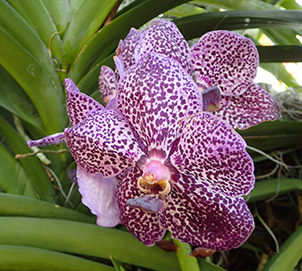
Hours:The Garden is open year-round and select holiday Mondays. Tuesday through Sunday: Hours are typically 10:00 am until 6:00 pm. Winter Hours for mid-January and February are 10:00 am until 5:00 pm.
Other special exhibitions and events, such as Members-Only Previews, may cause early closing of Garden areas. Exceptions are also made for evening events, which may take place after normal Garden hours. For specific hours on the day of your visit, please see their calendar on the website: www.nybg.org/plan_your_visit/
The Garden, its buildings, and its tour vehicles are accessible to people with disabilities with the exception of a few areas where the terrain is naturally uneven. Wheelchairs are available free of charge at both Garden entrances, on a first-come, first-served basis (reservations are not accepted). An ID must be left with Visitor Services. Visit the website for additional information: www.nybg.org/visit/accessibility.php
Visiting New York City and want to visit the New York Botanical Garden? The Garden is easily accessible via a 20-minute train ride from Grand Central Terminal in Manhattan on the Metro-North Harlem local line to Botanical Garden Stop and is also accessible by Subway and by bus. Visit their website for directions and additional information. There is paid visitor parking for those arriving by car.
New York Botanical Garden
2900 Southern Boulevard
Bronx, New York 10458-5126
United States
Telephone: +1-717-817-8700
Website: http://www.nybg.org
Facebook: www.facebook.com/NYBotanicalGarden
Follow the New York Botanical Garden on Facebook at www.facebook.comwww.facebook.com/NYBotanicalGarden
Follow Luxury Experience on Facebook at www.facebook.com/LuxuryExperienceto see more photos and watch video clips.
Follow Luxury Experience on Twitter at www.twitter.com/LuxuryPair

